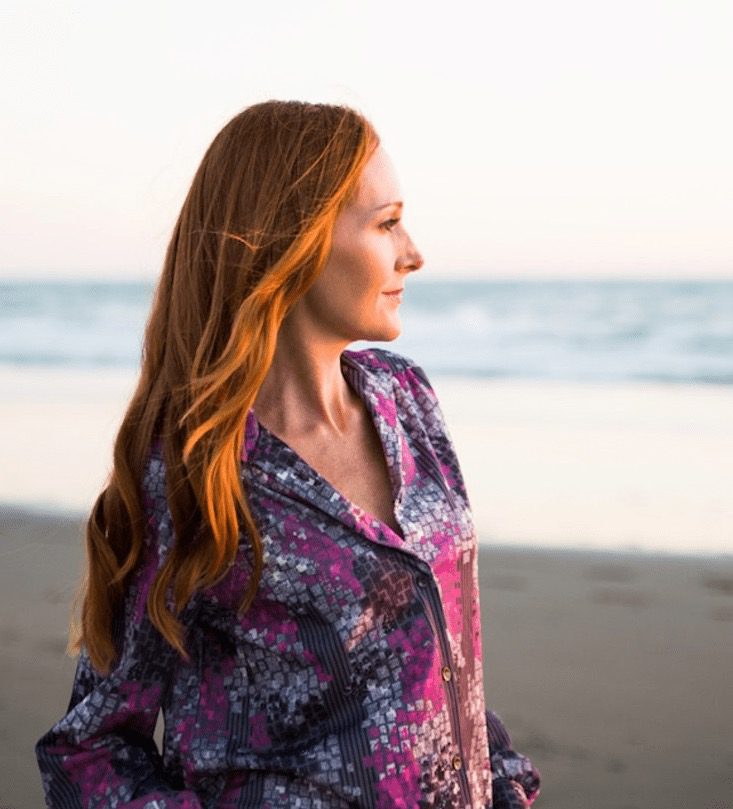By Linda Dyett – Original Article
As co-founder of tour outfitter Escape to Shape, Erica Gragg creates trips that combine cultural adventures, yoga, power walks, and healthy meals.
NAME: Erica Gragg
AGE: 41
BORN IN: Sacramento, California
RESIDES IN: San Francisco
TIME SPENT ON THE ROAD: 10 months a year
PLACES VISITED IN THE LAST YEAR: Bali, Belgium, Cambodia, Colombia, Croatia, France, Guatemala, Hong Kong, Italy, Laos, Mexico, Morocco, Singapore, Thailand, Turkey, Vietnam, and various locations in the United States
How did you come up with the idea of melding a weeklong fitness vacation with cultural and historical components?
Spa-goers visit the same location over and over. What a shame, with an endless variety of places to explore around the world. Fitness activities and healthy eating are the everyday basics of Escape to Shape, but these trips are much more multifaceted than a movable spa.
What kind of background prepared you for this work?
For several years, I did special events and publicity in New York for Moët Hennessy–Louis Vuitton, the luxury goods conglomerate. After that, I became a Vinyasa yoga instructor and opened a fitness camp with a business partner in Tulum, Mexico. Then in 2006, I realized how much I loved to travel. My life partner, Francesco Anchisi, and I started Escape to Shape in 2007.
How do you decide which destinations have the right vibe for your guests?
Safety is foremost. I learned firsthand how important that is for the solo woman traveler, and a lot of our guests, both women and men, like to get out on their own during our trips. Next, we look for unique, intoxicating, authentic cultures. Typically, these are places that most travelers would not be inclined to visit by themselves—locations that may not yet be fully set up for tourism. Guided by curiosity and hunches, Francesco and I may head for one destination and wind up in another. In Taormina, Sicily, we lined up the perfect villa when we drove by and knocked on the door. Once we’re in a town, after checking into a hotel, we start exploring the markets and street life. Soon the locals tell us about their secret places.
Once you and your guests are situated in a place, you also go on organized shopping excursions. How do those fit into your program of activities?
Shopping offers access to other cultures, and it’s something that can be done almost anywhere. Even in places where shops don’t exist, I find artisans to introduce our guests to. In Cape Town’s Khayelitsha township, I met two women who make lovely bags and belts out of colorful beads and large dried beans. In Luang Prabang, Laos, apart from beautiful handicrafts, antique opium weights, and wonderful curiosities from the night market, we purchased a tuk-tuk [auto rickshaw] and donated it to a local, who started a business driving tourists around. As part of our arrangement, every time we return he becomes our official driver.
Have you discovered any U.S. destinations to add to your roster?
In 2012, we introduced an intensive weeklong fitness program—we call it Destination Detox—that we run out of an 18th-century home in Hudson, New York, about two hours north of New York City. I’d stumbled onto Hudson the year before and immediately fell in love with the place. The food is farm fresh, and the town is a combination of Main Street USA, art galleries, antique shops, chic boutiques, and beautiful old Dutch farms and brownstones. The Catskills and the Hudson River are nearby, providing an ideal hiking landscape.
What new insights into travel has this career given you?
I’ve come to realize that every country has its own story to tell. In Croatia, we hiked up Mount Srđ, which looms over the city of Dubrovnik. We found an old fort and barracks and a more recent memorial that really put the 1991 Serbo-Croatian War into context. I feel strongly that such discoveries are what travel is about: breaking the barriers of judgment and communicating with the people who call these countries their home.
